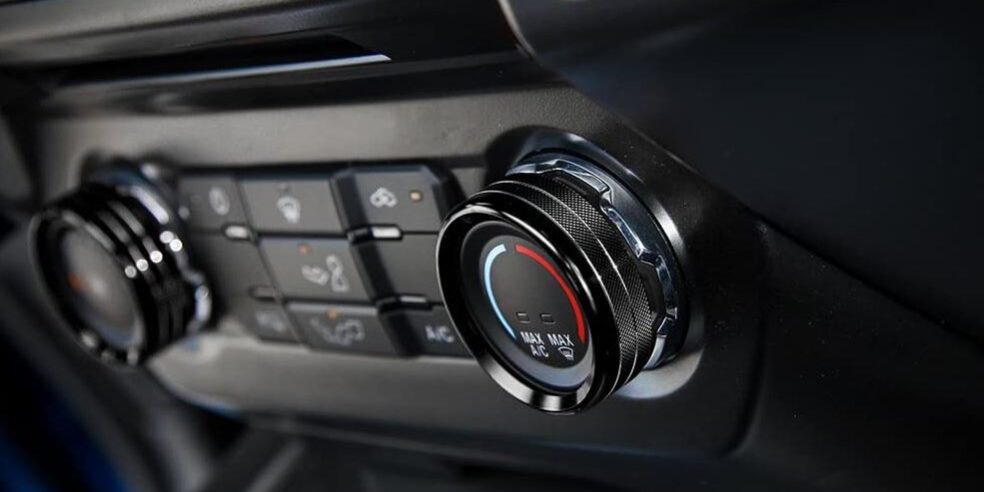When it comes to automotive design, every detail matters. From the sleek exterior to the luxurious interior, car manufacturers strive to create visually captivating and aesthetically pleasing vehicles. In this post, we will delve into the art of decorating plastic parts for the automotive industry, exploring the techniques, advantages, and impact of this process on enhancing automotive appeal.
The Importance of Plastic Part Decoration in Automotive Design:
Plastic parts play a crucial role in automotive manufacturing, contributing to the overall design, functionality, and weight reduction of vehicles. While plastic components offer advantages such as durability and cost-effectiveness, they often require additional decoration to align with the desired aesthetic and brand image. Decorative techniques enable car manufacturers to transform these plastic parts into visually appealing elements that harmonize with the vehicle’s overall design language.
Techniques for Decorating Plastic Parts in the Automotive Industry:
Liquid Painting: Automated liquid painting is a widely used technique for decorating plastic parts in the automotive industry. It involves the application of specially formulated automotive-grade paints onto the plastic surfaces, ensuring a smooth and uniform finish. Spray painting allows for a wide range of color options, glossy or matte finishes, and can incorporate specialized effects such as metallic or pearl finishes.
In-Mold Decoration (IMD): In-Mold Decoration is a technique that combines injection molding and graphic decoration. Decorative films or foils with desired patterns, textures, or logos are placed in the mold cavity before injection molding. During the molding process, the plastic material bonds with the film, resulting in a decorated plastic part with a durable and integrated design.
Vacuum Metallization: Vacuum metallization is a process that applies a thin layer of metal onto a plastic part. This technology offers a high-quality, metallic finish that can be customized to a variety of colors and textures. Vacuum metallization is commonly used to decorate medical devices, such as diagnostic equipment and surgical tools.
Hydrographics/Water Transfer Printing: Hydrographics, also known as water transfer printing, is a process where a decorative pattern is transferred onto the plastic part using water immersion. The pattern is printed on a special film that dissolves in water, allowing the design to adhere to the plastic surface when dipped. This technique offers a wide range of design possibilities, including woodgrain, carbon fiber, camouflage, and custom patterns.
Laser Etching: Laser etching involves using a high-powered laser to create precise and intricate designs directly on the plastic surface. This technique provides a permanent, precise, and customizable solution for branding, logos, and other decorative elements on plastic parts.
Advantages of Decorating Plastic Parts in the Automotive Industry:
Customization and Branding: Decorating plastic parts allows car manufacturers to customize their vehicles, aligning them with specific brand identities and customer preferences. Logos, brand marks, and unique designs can be incorporated to create a distinct visual identity.
Enhanced Aesthetics: By leveraging decorative techniques, plastic parts can be transformed into visually appealing elements that complement the overall vehicle design. Decorative finishes, textures, and patterns can elevate the perceived quality of the interior and exterior components.
Durability and Longevity: Decorative techniques applied to plastic parts enhance their resistance to wear, scratches, and fading, ensuring that the aesthetics remain intact throughout the vehicle’s lifecycle. This durability contributes to the longevity and overall value of the car.
Weight Reduction: Plastic parts are inherently lighter than traditional materials, contributing to weight reduction in vehicles. By incorporating decorative techniques directly onto plastic components, car manufacturers can avoid the need for additional heavy decorative elements, further optimizing fuel efficiency and overall performance.
Future Trends and Innovations:
As automotive design continues to evolve, new trends and innovations are emerging in plastic part decoration. These include the integration of smart surfaces with touch-sensitive controls, the use of advanced lighting technologies, and the incorporation of sustainable materials and processes to meet the demands of eco-conscious consumers.








